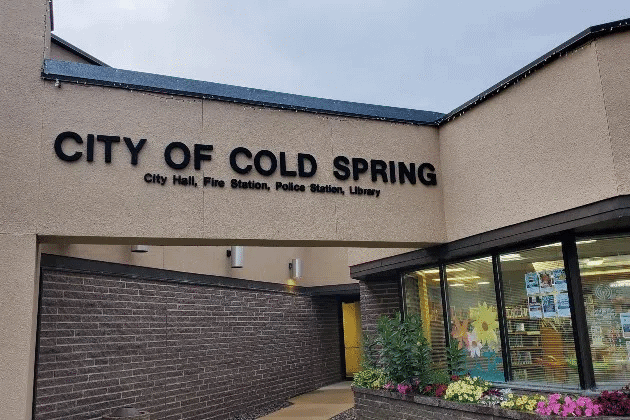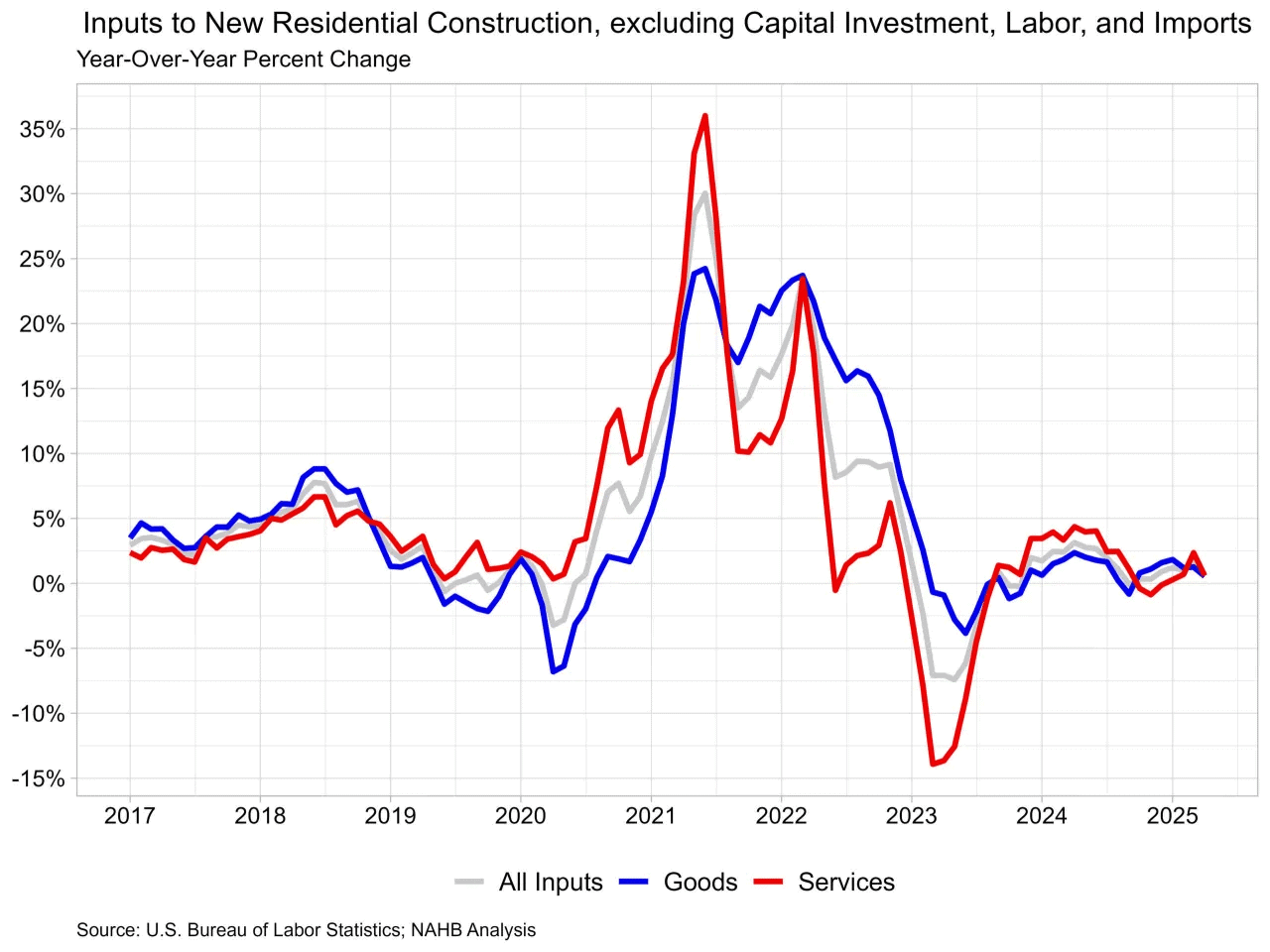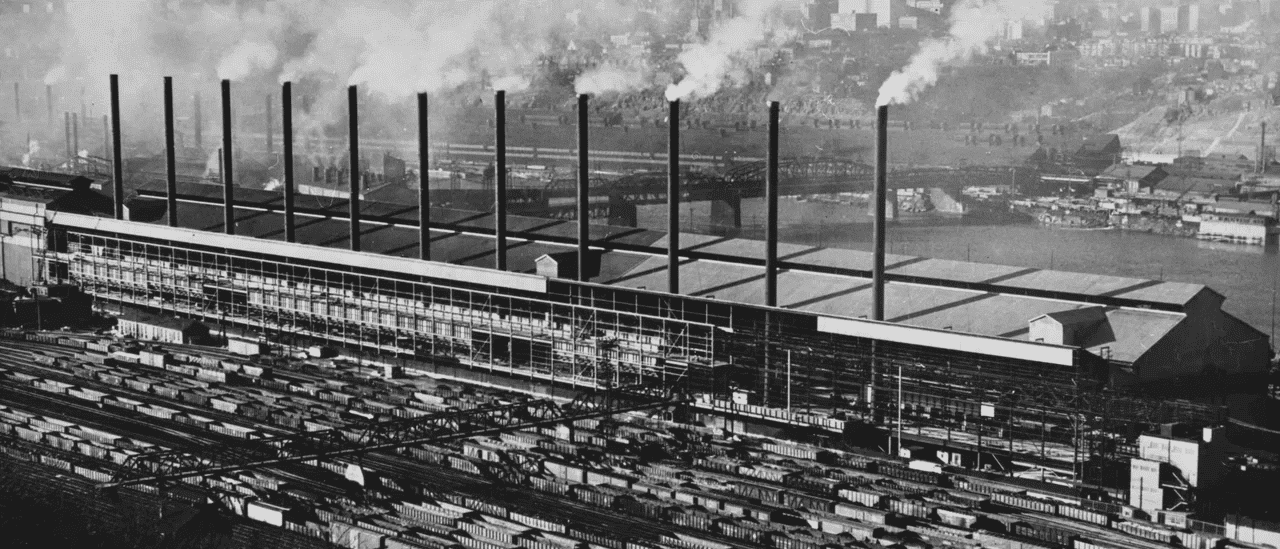
Image Source: Pixabay
In the world of metal fabrication, powder coating stands out as a widely used surface finishing method known for its durability, versatility, and aesthetic appeal. But have you ever wondered about the temperatures involved in this process? In this article, we’ll delve into the fascinating world of powder coating temperatures, exploring how heat plays a crucial role in transforming powdered particles into a resilient and attractive coating for metal surfaces.
Understanding Powder Coating
Before we delve into the specifics of temperature, let’s briefly recap what powder coating is all about. Powder coating is a surface finishing technique where finely ground particles of pigment and resin are electrostatically charged and sprayed onto a metal surface. The charged particles adhere to the surface due to electrostatic attraction, forming a uniform and durable coating.
The Curing Process
Once the powder is applied to the metal surface, the coated object is subjected to heat in a curing oven. This process is crucial for the powder to melt, flow, and chemically bond into a continuous film. The curing temperature and duration play a pivotal role in determining the quality and durability of the powder coating.
Optimal Temperature Range
The optimal curing temperature for powder coating typically falls within the range of 150°C to 200°C (300°F to 400°F). This temperature range allows the powder particles to melt and flow together, forming a smooth and uniform coating. However, it’s essential to adhere to specific temperature guidelines provided by powder manufacturers, as different formulations may have varying curing requirements.
Effects of Temperature Variations
Deviation from the recommended curing temperature can have adverse effects on the powder coating quality. If the temperature is too low, the powder may not fully melt and flow, resulting in an uneven or incomplete coating. On the other hand, excessively high temperatures can lead to over-curing, causing the coating to become brittle or develop other defects.
Importance of Uniform Heating
Consistent and uniform heating throughout the curing process is crucial for achieving a high-quality powder coating finish. Variations in temperature within the curing oven can lead to uneven curing and surface defects. Therefore, modern powder coating ovens are equipped with precise temperature control mechanisms to ensure uniform heating across the entire coated surface.
Time Considerations
In addition to temperature, the duration of the curing process also influences the final outcome of the powder coating. Typically, the curing time ranges from 10 to 30 minutes, depending on factors such as the thickness of the coating and the specific powder formulation. It’s essential to follow the recommended curing time to allow sufficient bonding and curing of the powder coating.
Conclusion
In conclusion, the temperatures involved in powder coating play a critical role in transforming powdered particles into a durable and visually appealing finish for metal surfaces. By understanding the optimal temperature range, adhering to recommended curing guidelines, and ensuring uniform heating, metal fabricators can achieve high-quality powder coating results that meet both aesthetic and functional requirements. So, the next time you’re admiring a flawlessly coated metal object, remember the pivotal role that heat played in its transformation.





























